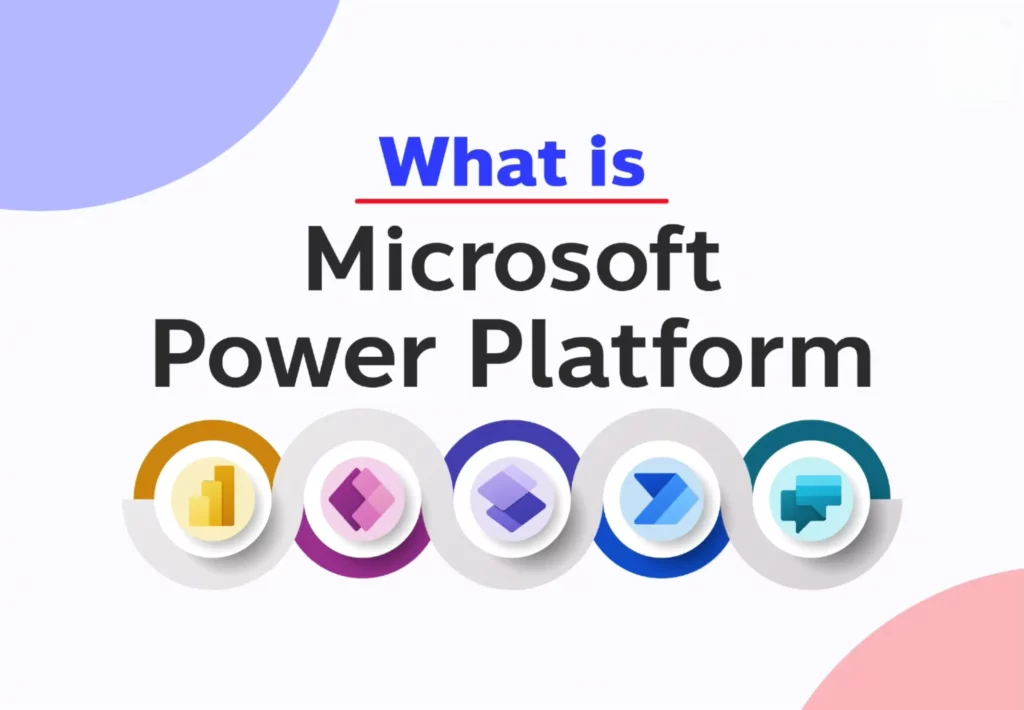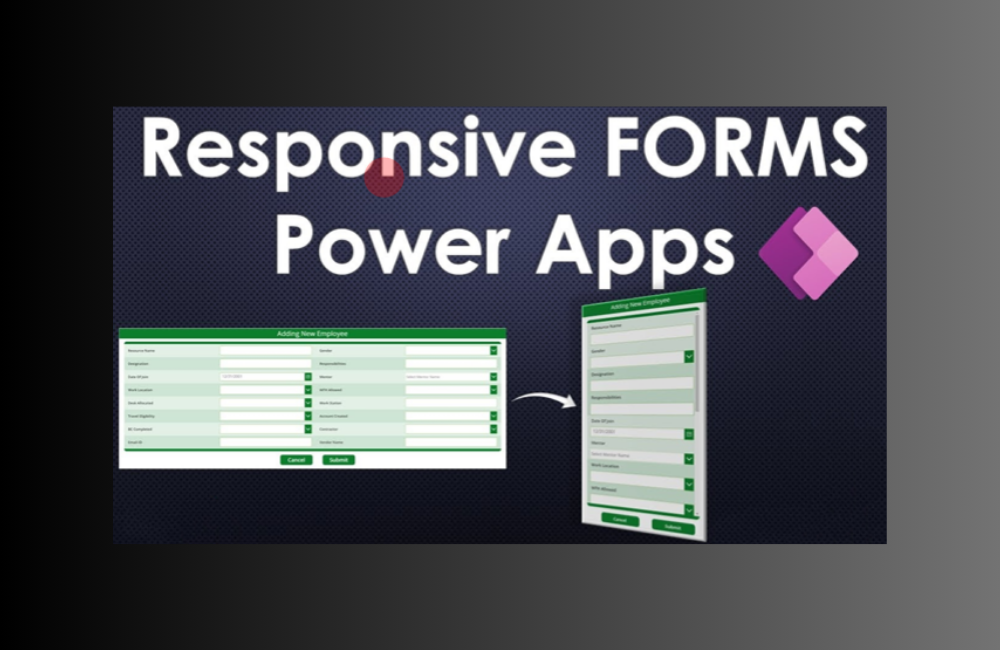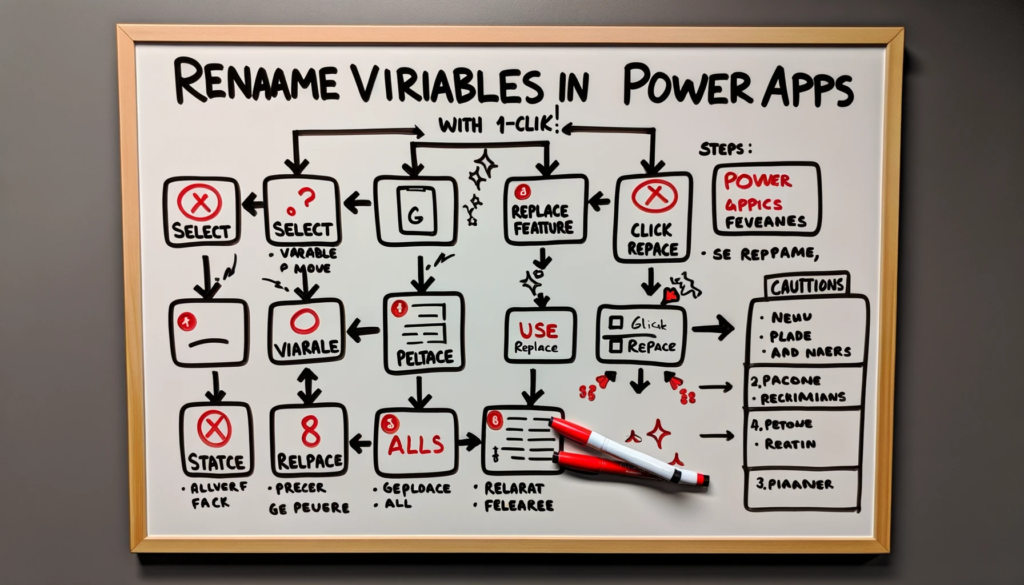Data Loss Prevention in Power Platform: Upcoming Features for Enhanced Data Access Protection
Data access and protection are paramount for organizations, especially when they need to meet legal and regulatory prerequisites. This blog dives deep into the latest enhancements aimed at helping organizations achieve these goals within the Power Platform environment. And if at any point, you seek further technical assistance, don’t hesitate to contact us.
Highlights from the Ignite Conference
The Ignite conference offered a comprehensive overview of the Power Platform’s future, with Power FX being one of the primary announcements. Data loss prevention policies and more robust data access protection measures were also among the notable announcements.
1. Location-Based Data Access Restrictions
Presently, restricting user access to data based on location is challenging. Consider an app drawing data from a SQL Server. Organizations might need to limit data access to specific networks or devices within certain IP ranges. To address this, upcoming data loss prevention policies in Power Platform will introduce endpoint filtering, enabling admins to control connector access based on the user’s location.
2. Enhanced Granularity in Connectors
The term “connector actions” will soon have a more specific meaning in the Power Platform environment. For instance, using the Twitter connector as an example, rules can be set up allowing users and app builders to fetch data from a corporate Twitter account but restrict tweet posting or retweeting capabilities.
3. Data Labeling and Classification
Many organizations require a structured approach to data classification. Microsoft’s solution, Microsoft Information Protection (MIP), is set to be integrated with the Power Platform’s data loss prevention policies. MIP not only labels and classifies data (even using AI techniques) but also applies protection at the data level, ensuring consistent protection across all apps using the data.
4. Enhanced Data Isolation for Federated Tenants
Organizations with a federated tenant setup, resulting from mergers, acquisitions, or strategic collaborations, often face challenges in data access control between tenants. The upcoming ‘tenant isolation’ feature in Power Platform will address this. Administrators can target a specific tenant and establish rules to restrict access from other associated tenants.
Conclusion
The Power Platform is gearing up to offer more robust features to ensure data security and controlled access. From enhanced connector functionalities to support for Microsoft Information Protection, and tenant isolation capabilities, the future looks promising for organizations seeking airtight data protection. If you’re looking to implement these features or need assistance navigating the Power Platform environment, remember that expert help is just a click away at SoftwareZone365.






